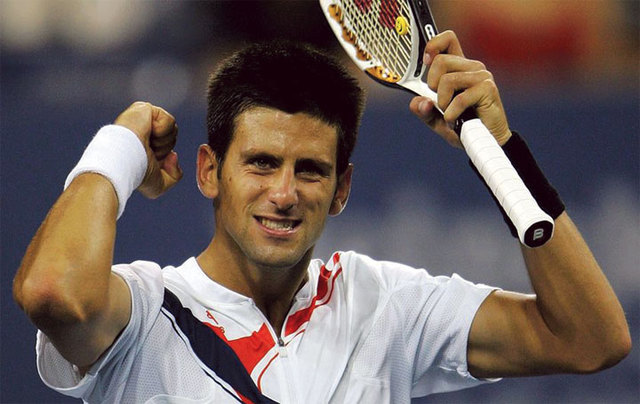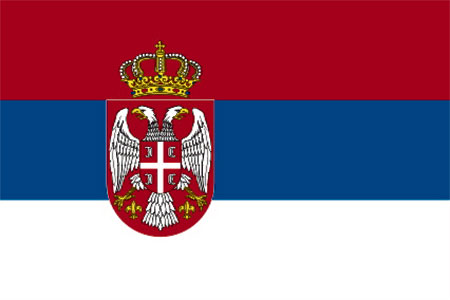The Rise Of A Serbian Tennis Star And His Burque Superfan
The Rise Of A Tennis Star And His Burque Superfan


Novak Djokovic plays Roger Federer on Friday, June 3, in the semifinals in Paris.






